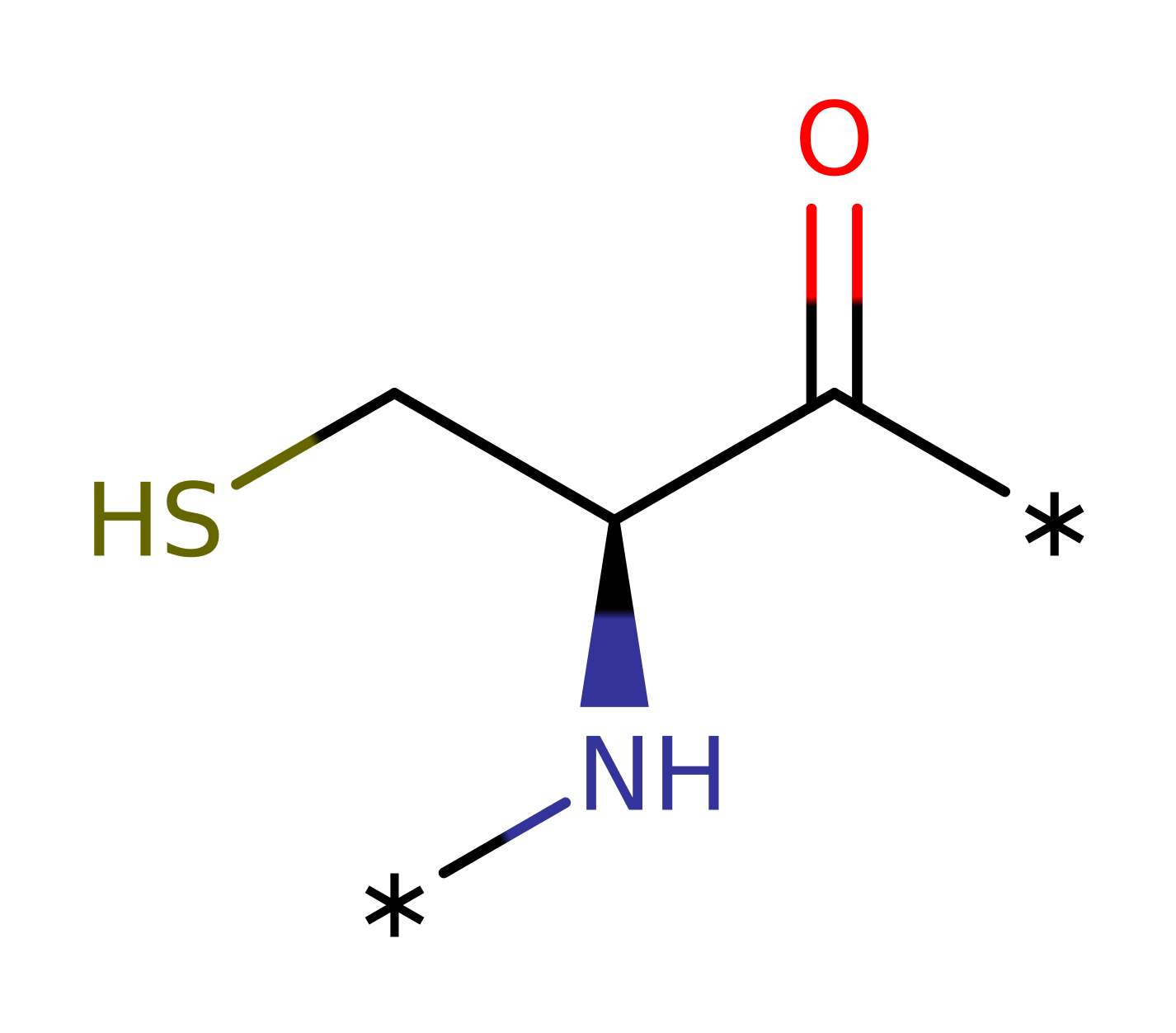Palmitoyl[protein] hydrolase (type 1)
Palmitoyl-protein thioesterase I (PPT1) is a lysosomal enzyme which is implicated in the degredation of lipid modified proteins, removing fatty acid groups from cysteine residues. The accumulation of undisgested substrate when a mutant enzyme is present leads to the formation of neuronal storage bodies that are associated with the clinical symptoms of infantile ceroid lipofuscinosis.
Reference Protein and Structure
- Sequence
-
P45478
 (3.1.2.22)
(3.1.2.22)
 (Sequence Homologues)
(PDB Homologues)
(Sequence Homologues)
(PDB Homologues)
- Biological species
-
Bos taurus (Cattle)

- PDB
-
1eh5
- CRYSTAL STRUCTURE OF PALMITOYL PROTEIN THIOESTERASE 1 COMPLEXED WITH PALMITATE
(2.5 Å)



- Catalytic CATH Domains
-
3.40.50.1820
 (see all for 1eh5)
(see all for 1eh5)
Enzyme Reaction (EC:3.1.2.22)
Enzyme Mechanism
Introduction
PPT1 contains a catalytic triad composed of Ser115, His 289 and Asp233. Nucleophilic attack by Ser155 on the carbonyl of the substrate palmitate generates a enzyme-substrate tetrahedral intermediate where the main chain NH components of Met41 and Gln116 acts as hydrogen bond donors to stabilise the intermediate oxyanion. Proton donation and subsequent collapse of the intermediate forms an acyl-enzyme intermediate. This is then attacked by a nucleophilic water molcecule, generating a second anionic intermediate, followed by cleavage of the enzyme-acyl bond to generate the products.
Catalytic Residues Roles
| UniProt | PDB* (1eh5) | ||
| His289 | His289(262)A | The residue acts as a base towards the nucleophilic Ser115. It is activated towards accepting a proton through hydrogen bonding to Asp233. The residue also acts as a proton donor to the initial anionic intermediate.In the free enzyme, the residue is hydrogen bonded to Ser115. | proton shuttle (general acid/base), electrostatic stabiliser |
| Asp233 | Asp233(206)A | The residue modifies the pH of the basic His 289 residue through hydrogen bonding. | electrostatic stabiliser |
| Ser115 | Ser115(88)A | The residue is activated towards nucleophilic attack at the substrate by interaction with His 289, forming a tetrahedral intermediate. | covalently attached, proton shuttle (general acid/base), electrostatic stabiliser |
| Gln116 (main-N), Met41 (main-N) | Gln116(89)A (main-N), Met41(14)A (main-N) | The residue main chain NH component is involved in an oxyanion hole, stabilising the anionic tetrahedral intermediate. | electrostatic stabiliser |
Chemical Components
References
- Bellizzi JJ 3rd et al. (2000), Proc Natl Acad Sci U S A, 97, 4573-4578. The crystal structure of palmitoyl protein thioesterase 1 and the molecular basis of infantile neuronal ceroid lipofuscinosis. DOI:10.1073/pnas.080508097. PMID:10781062.
- Holmquist M (2000), Curr Protein Pept Sci, 1, 209-235. Alpha Beta-Hydrolase Fold Enzymes Structures, Functions and Mechanisms. DOI:10.2174/1389203003381405. PMID:12369917.
Catalytic Residues Roles
| Residue | Roles |
|---|---|
| Ser115(88)A | covalently attached, electrostatic stabiliser, proton shuttle (general acid/base) |
| His289(262)A | proton shuttle (general acid/base), electrostatic stabiliser |
| Asp233(206)A | electrostatic stabiliser |
| Met41(14)A (main-N) | electrostatic stabiliser |
| Gln116(89)A (main-N) | electrostatic stabiliser |





